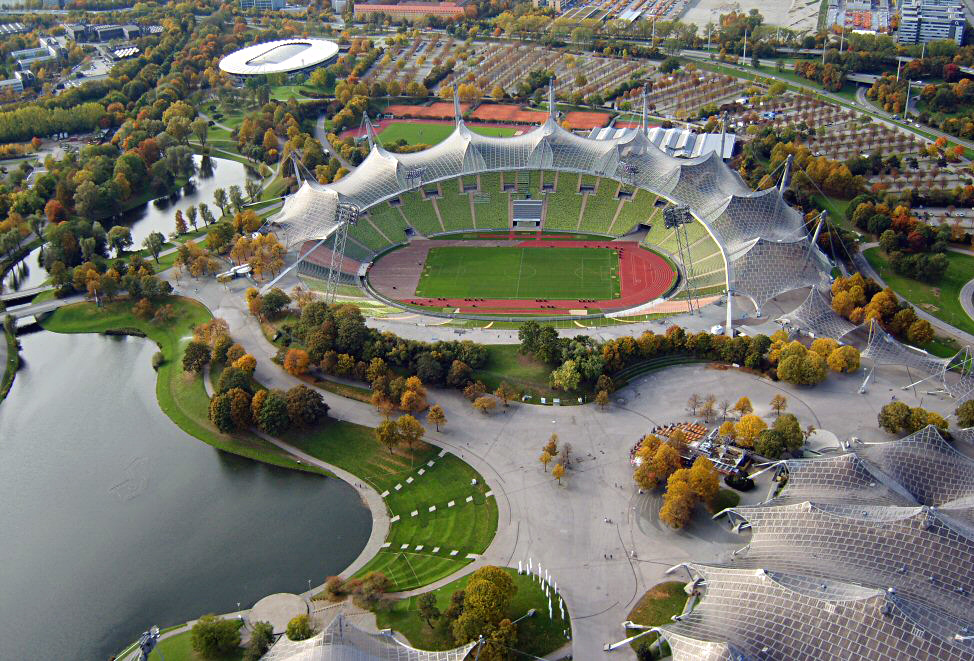
Nature is full of fascinating and spectacular objects that capture the imagination of mathematicians and poets alike. From snowflakes to the pattern of leaves, and to soap films, objects in nature form a wealth of enigmatic yet wonderful manifestations of important mathematical theories.
Though simple as it may appear, soap films have been under intensive study by mathematicians who seek to reveal from them a great deal of astonishing and far-reaching results in geometry. In 1760, Lagrange proposed the famous Plateau's problem, which was named after the Belgian physicist who studied capillary action and surface tension. It asks for the existence of the surface of minimal area bounding a given smooth curve. As it turns out, this distinguished surface can be obtained by physical means--dip into a pool of soap liquid the wires morphed into the shape of the curve, take that out and the thin soap film formed is the solution to the Plateau's problem.
The minimality of the surface area of soap films is one of the many examples which illustrate a well-known physical principle governing the forms and motions of natural objects, the principle of least energy(or least action). It states that any physical configuration(e.g. the arrangement of particles or their motions) assumes its state or path in such a way that the energy required is minimal. In the case of soap films, the energy is the potential energy resulted from the intermolecular force. Consequently this energy is directly proportional to the surface area of the soap films(assuming that the thickness of soap films is uniform) and, as a result, the soap films achieve minimal area. In mathematics, surfaces satisfying a certain necessary condition(to be explained in this section) for being area minimizing subject to certain constraints are called minimal surfaces.

In this teaching module, we hope to give you a taste of the beautiful theory of minimal surfaces, with emphasis on
examples and computations. We will give you a crash course on the elements of surface geometry in
. Knowledge of elementary calculus and coordinate geometry is
assumed. We will also derive a geometric criterion a minimal surface has to satisfy.
Finally, we will briefly state some further results in the theory of minimal surfaces.
You are strongly recommended to make soap films yourself while studying this teaching module. There is no better way than experimenting with them to fully appreciate the charm of the underlying geometry.